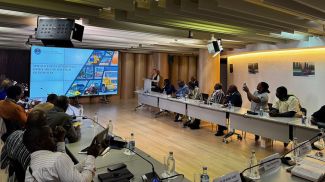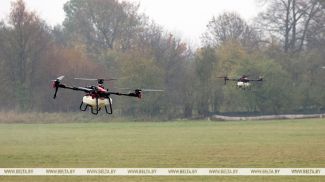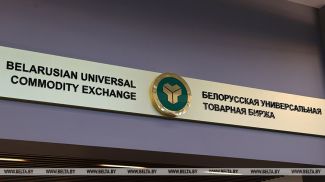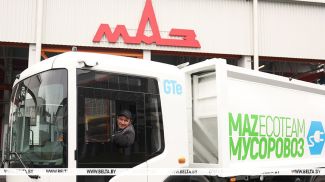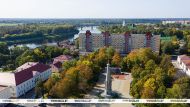MINSK, 1 June (BelTA) - Ambassador Extraordinary and Plenipotentiary of Belarus to Romania Andrei Grinkevich visited the city and county of Calarasi in the south of this country, BelTA learned from the Belarusian embassy.
The main purpose of the trip was to advance trade, economic and interregional Belarusian-Romanian cooperation, to promote Belarusian export to the Romanian market. The ambassador held meetings with Mayor and Vice Mayor of Calarasi Marius-Grigore Dulce and Nicolae Dragu and other officials.
The parties discussed further development of cooperation between Calarasi County and the Republic of Belarus with an emphasis on trade and economic cooperation and also the establishment of interregional and sister-city relations, interaction in tourism, education and culture.
Ambassador Andrei Grinkevich made a report at a business forum for the heads of more than forty companies in Calarasi County. He made a presentation of the economic, investment, scientific, educational, tourist, cultural and sports potential of Belarus, made specific proposals for the development of Belarusian-Romanian cooperation.
During the visit, the diplomat visited a number of companies in and held substantive conversations with the heads of enterprises working in agriculture, food industry, woodworking, plywood production, construction industry, production of metal structures.
Calarasi is one of the main agricultural regions of Romania. Traditionally, it is one of the country's three largest producers of wheat, rye, barley and sunflower. Crop production is focused on cereals, oilseeds and fodder plants. The region is home to Romania's major agricultural research center- the Research Institute for Cereals and Industrial Crops Fundulea which has created a large number of hybrid varieties of cereals and fodder crops with high production qualities. Calarasi County is also home to one of Romania's largest meat processing companies.
The county and the city of Calarasi are located on the border with Bulgaria across the Danube River and have the potential to develop logistics routes and tourism.




